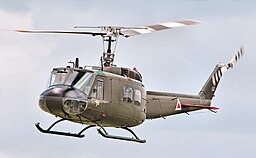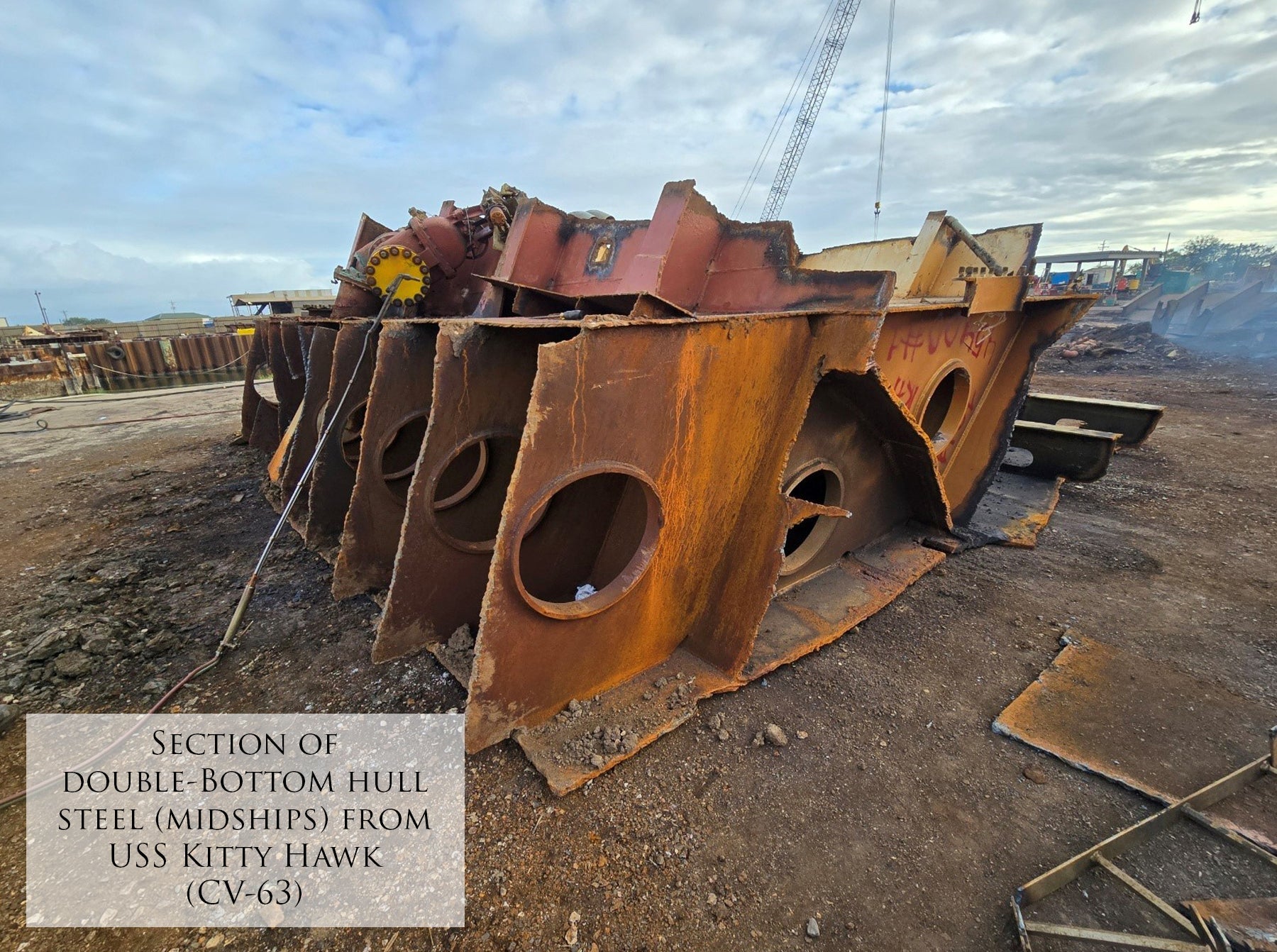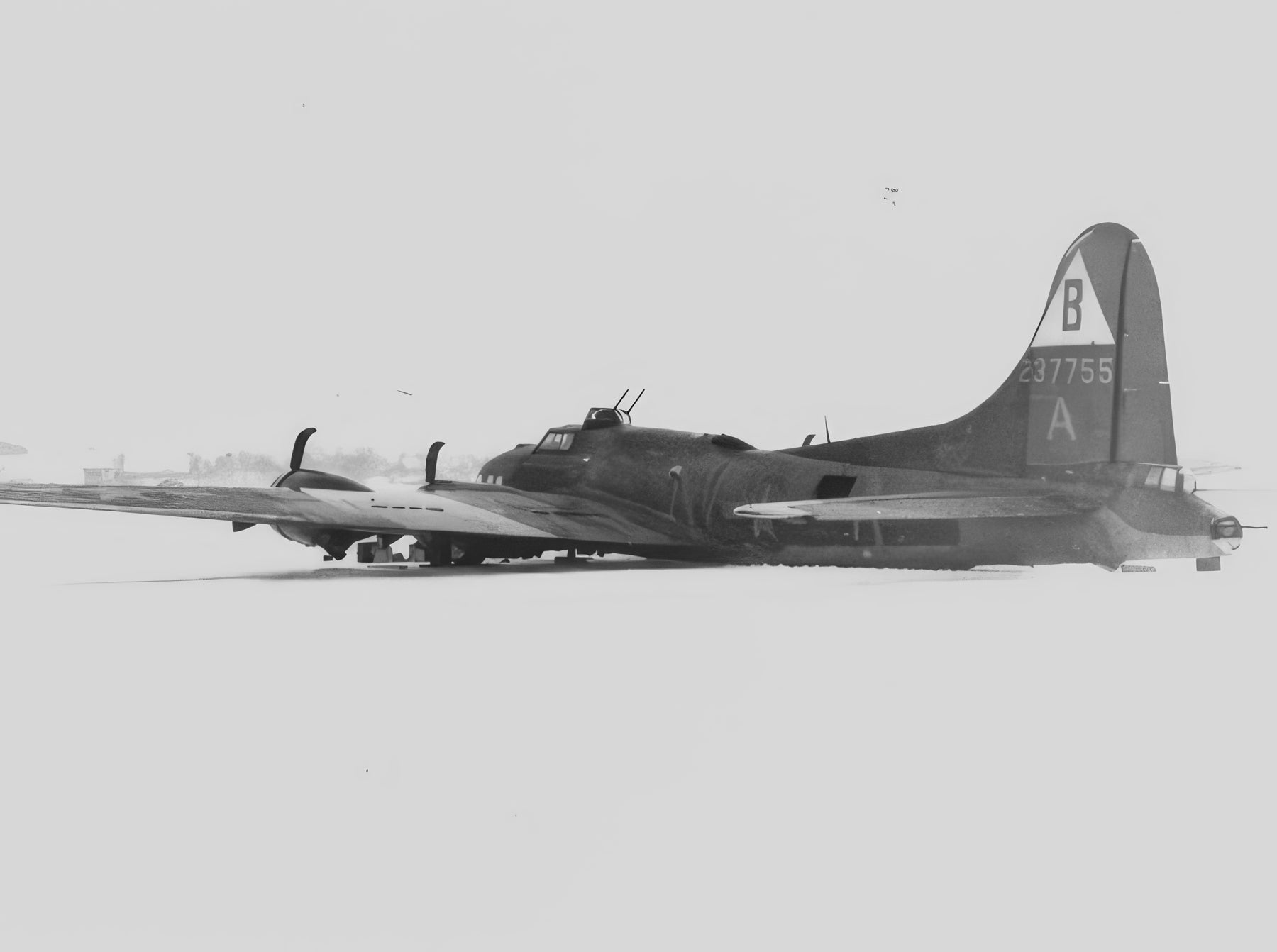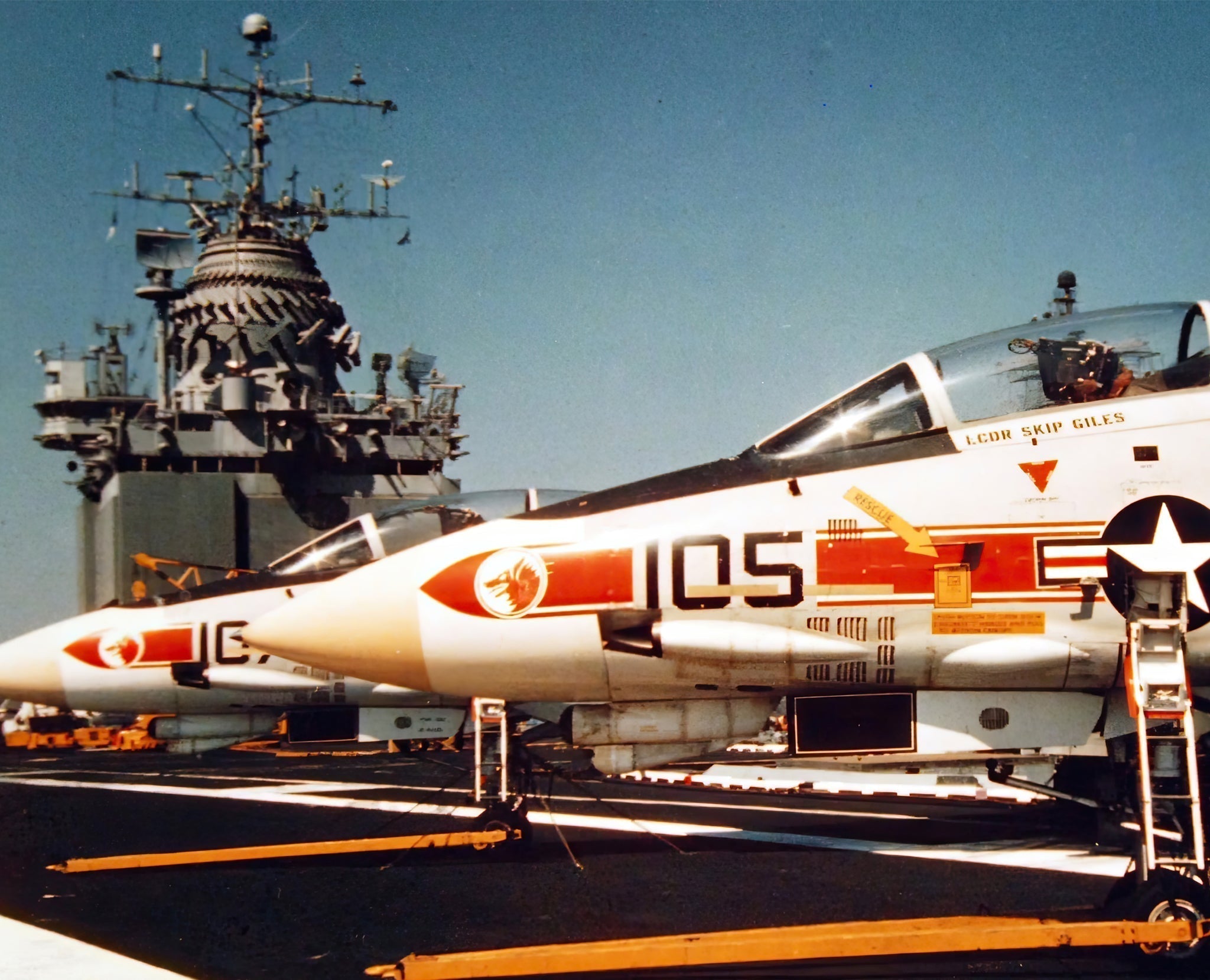The Bell UH-1 Iroquois, affectionately known as the “Huey,” holds an important place in military aviation. Its distinctive silhouette and unmistakable rotor throb have left an unforgettable imprint on the battlefields where it served and profoundly shaped modern military aviation strategies and technologies.
The Dawn of a New Era in Aviation
Introduced in the 1950s, the Huey was initially conceptualized as a medical evacuation and utility helicopter. However, its role quickly expanded, revolutionizing military tactics with its versatility. As the first turbine-powered helicopter to serve in the U.S. military, the Huey brought about a paradigm shift, enhancing mobility and reshaping war logistics.
Integral to Combat and Rescue Operations
During the Vietnam War, the Huey became synonymous with rapid response and adaptability. Its ability to perform under the harshest conditions made it a lifeline for troop insertion, evacuation, and aerial firepower. The sight and sound of a Huey became associated with hope and survival, a testament to its reliability and effectiveness in combat and crises.
Technological Innovations Spearheaded by the Huey
The Huey was at the forefront of several technological innovations. It was one of the first helicopters equipped with a turbine engine, significantly enhancing its power, range, and load-carrying capabilities compared to earlier piston-engine models. This innovation set the stage for developing more advanced helicopters, influencing designs like the AH-64 Apache and the UH-60 Black Hawk. Moreover, the Huey’s modular design allowed for rapid conversion between roles, from troop transport to gunship, showcasing an early example of modular military equipment.
Shaping Tactical Warfare
Tactically, the Huey transformed air mobility doctrines. It pioneered the air cavalry tactic, where helicopters are used as an integral part of offensive operations, moving troops into and out of combat quickly and efficiently. This tactic changed how battles were fought and influenced future operations in diverse terrains worldwide, from the deserts of the Middle East to the mountains of Afghanistan.
The Huey’s Cultural and Symbolic Impact
Beyond its technical and tactical applications, the Huey became a cultural icon, embodying the spirit and turmoil of the Vietnam era. It has been immortalized in film, literature, and music, symbolizing American ingenuity and the complexities of modern warfare.
Legacy and Continuing Influence
Today, while newer technologies have taken the forefront in military aviation, the legacy of the Huey is evident in the principles it introduced. Its emphasis on versatility and reliability remains central in designing and deploying current and future military aircraft. The strategies it helped develop continue to influence military operations, ensuring that the Huey’s legacy endures in the doctrines and practices of military forces around the globe.
The Huey’s contribution to military aviation extends far beyond its immediate operational use. It reshaped the approach to military engagement, introduced enduring technological innovations, and left a lasting cultural legacy. As we look to the future, the Huey’s foundational principles continue to influence the evolution of military aviation, affirming its place not just as a tool of war but as a beacon of progress and transformation.
For more insights into the UH-1C Huey Helicopter. and other important military aircraft, visit Aces In Action. Here, you’ll find an amazing piece of artwork by Craig Tinder titled “Stacked Deck,” which illustrates the “Huey” helicopter service during the Vietnam conflict. The limited edition canvas print even includes a piece of an actual fragment from a surplus panel from UH-1C-BF “Huey” 65-9497 from Fort Stewart Hunter Army Airfield in Georgia, making it a unique piece of history!
Stacked Deck – UH-1C Huey Helicopter Aviation Art by Craig Tinder
UH-1C helicopter, no. 14183 from the 229th Aviation Battalion (Assault Helicopter), begins an assault operation from the Ba To Special Forces Camp in Vietnam in October 1968. This particular model, known as the UH-1C gunship, was a highly versatile aerial platform and could be equipped with a diverse array of ground-assault weaponry, including machine guns, grenade launchers, and high-explosive rockets. Although officially designated as the “Iroquois,” its initial designation of HU-1 led to the enduring nickname “Huey.” Despite the later official redesignation to UH-1, the moniker “Huey” became its lasting namesake.
To purchase or see similar items, visit here.
Commissioned by Museums, Treasured by Collectors





Share:
Patriotic Skies: The Role of Airpower in American Independence Celebrations
Breaking Norms: How the Heinkel He 162 Redefined Aircraft Design